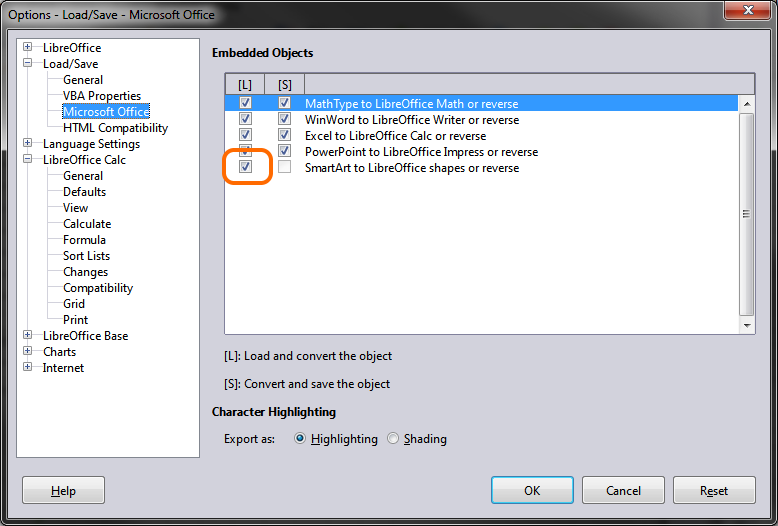I’ve searched on this and seen historical articles talking about this, but Calc is going bonkers for me since I updated to 5.2.5.1 (running on macOS).
Basically, I have pages each containing multiple Charts which are created by setting one up in the format I want, then copying/pasting, and modifying the Data Ranges to point to the correct source table. These charts never leave the current spreadsheet. The document is saved, closed, and opened fairly regularly (as it also doesn’t seem to update all the charts when underlying data changes unless you close and open the document).
Sometime towards the end of today, I notice one of the charts isn’t quite pointing at the correct range, so I go in and try to change it, only to find that the Data Ranges menu option has been replaced by Data Table. I go through my entire spreadsheet to find that almost EVERY SINGLE CHART has had the data range replaced with one of these data tables, and this is not undoable. This isn’t right, I’d checked and double checked all my tables yesterday, and they were all using Data Ranges. (I checked as I’ve had a number of charts suffer this problem earlier in the week). I’ve been working on some of the charts today and they were using Data Ranges. I pull an old version off a backup which proves they were all using Data Ranges, yet even for charts for which neither the source data, nor the charts themselves have changed today, they’ve been altered behind the scenes to use Data Tables.
This is next to useless for me as the source tables are living dynamic things which change on a daily basis. It is no good if the Charts are pointing to a static snapshot of data. There are too many of them and of different types to make recreating them viable.
WHAT THE HELL IS GOING ON?!? I am sorry, but I am losing so much time due to the instability of this version of LibreOffice. I am now going to have to go through and recreate every chart and there are 68 of them!
What on earth is causing this? When is it likely to be fixed as I’m wasting my time right now even trying to do any work in Calc?
In case it is of help, I’ve not been doing anything I consider terribly controversial to my spreadsheet. Recently I’ve been renaming some sheets, before that I added some rows on one of the source tables in order to add an extra data point. Incidentally the last chart I created based on this data point is the only one in the entire spreadsheet that still seems to refer back to a Data Range rather than a Data Table.
The Data Series tab within Data Ranges incidentally is causing me problems too. Whenever I modify a source range, it seems whatever has been parsed out of the original range at creation time and used to create the Data Series entry, partially remembers the old data and affects my new range. I then have to go into Data Series and manually correct the Range for name field (for EVERY data series) and the Data Labels field before it will show the correct data. It would probably work more in the traditional way if Data Series wasn’t automatically saved, unless the user wants customise this as it currently is preventing straight edits on the range. Editing the range on it’s own worked perfectly well in the past.
This is all highly destructive, I can’t believe I’m the only person experiencing these issues right now.




 And my file has never been saved to alien formats. It has been an ods from scratch. I had this issue in one or another chart before, but now I just lost all my charts. Disappointing.
And my file has never been saved to alien formats. It has been an ods from scratch. I had this issue in one or another chart before, but now I just lost all my charts. Disappointing.